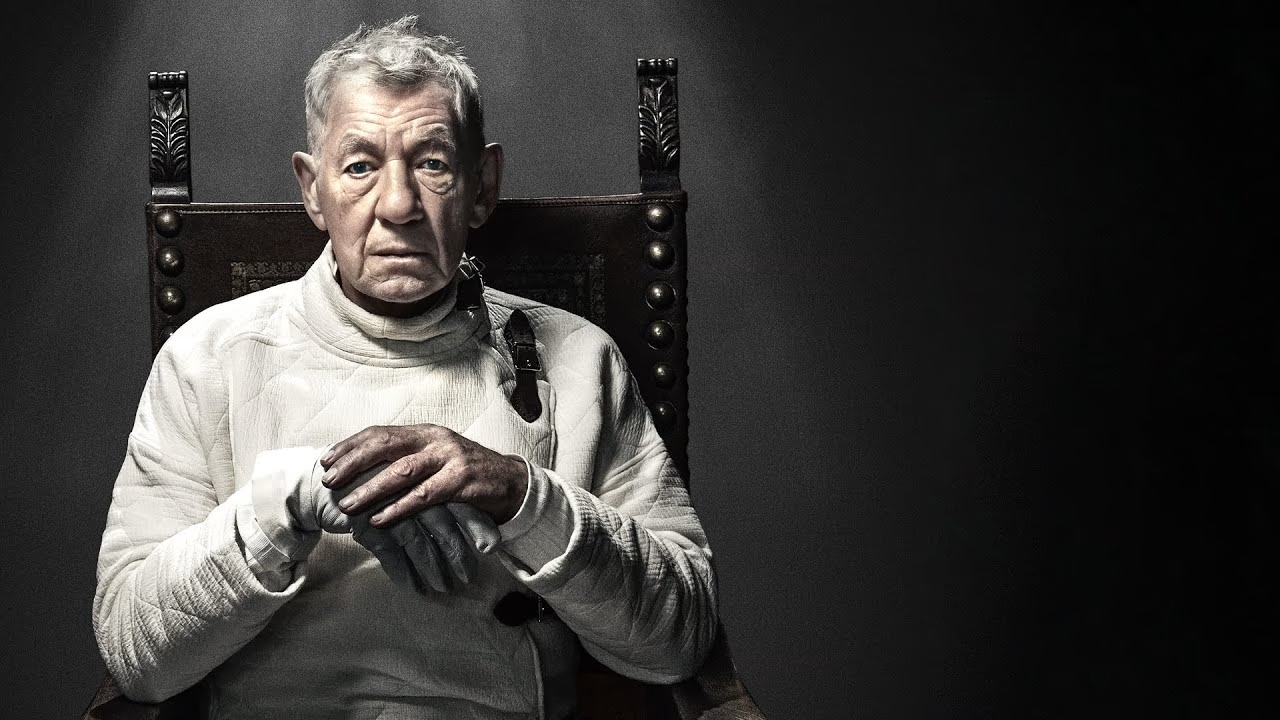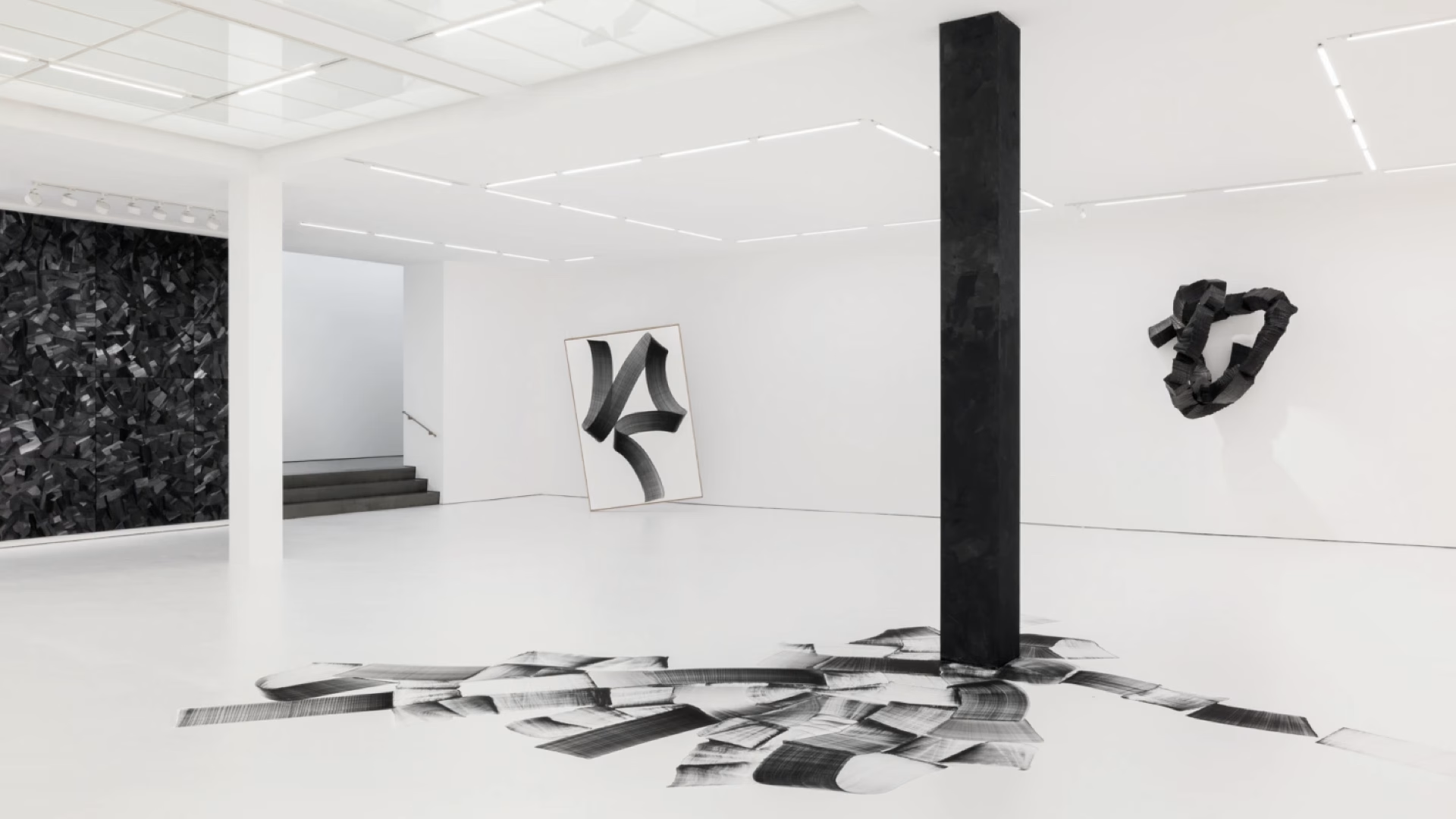Hamlet’s Ghost Trapped on the Theater Stage: A Review of the 2024 Adaptation
Bringing William Shakespeare’s Hamlet back to the stage or screen is a daunting, mist-shrouded mountain for any director to climb. Finding an original voice amidst the shadow of countless adaptations is nearly impossible, yet director Sean Mathias grabs a sledgehammer and shakes the very foundations of this mountain. His 2024 Hamlet is not a reverent nod to the classic text; it is a radical, audacious fever dream that traps the story in the claustrophobic confines of a COVID-era theater, placing 84-year-old Sir Ian McKellen in the body of a vengeance-driven Prince. This film doesn’t ask, “What should Hamlet be?” but rather, “What more can Hamlet become?” The result is as unsettling and captivating as the text itself.
The film’s boldest and most brilliant choice is, without question, Ian McKellen. Casting a prince driven by youthful rage and existential turmoil in the body of an octogenarian seems paradoxical on paper. Yet, on screen, this paradox becomes the film’s most powerful interpretation. McKellen’s Hamlet is not a young man robbed of his future but a man in the autumn of his life, wrestling with his past and the crushing weight of a meaningless quest for vengeance. His “To be or not to be” soliloquy transcends the philosophical musings of a naive youth, becoming the pained whisper of someone who has truly walked the line between life and death. Mathias uses close-up shots to turn every wrinkle on McKellen’s face into a map of Hamlet’s labyrinthine mind. This is not a tragedy of youth but one of belatedness.
This psychological depth finds perfect harmony with the film’s setting. The evacuated Theatre Royal Windsor, abandoned during the COVID-19 lockdown, becomes far more than the cold walls of Elsinore Castle. The theater’s empty corridors, rehearsal rooms, and shadowy backstage areas transform into a meta-cinematic prison, symbolizing both the corrupt intrigues of the Danish court and the claustrophobic corridors of Hamlet’s mind. The characters are trapped not only in a castle but also in a forsaken temple of art. This dystopian atmosphere elevates the film from a traditional period drama into a modern psychological thriller teetering on the edge of explosion.
Mathias fuels this sense of tension not only through atmosphere but also with bold artistic choices. By reversing gender roles and entrusting a key character like Laertes to a female actress (Emmanuella Cole), he deepens the film’s exploration of identity and performance. In an Elsinore where everyone is playing a part, the idea that gender, too, can be a costume underscores the layered nature of deception. Replacing traditional sword fights with elements of modern dance or dressing characters in contemporary clothing screams that this story transcends time and place, speaking to the universality of humanity’s darkest impulses.
Is Sean Mathias’s Hamlet a flawless adaptation? Absolutely not. The abridged text and brisk pacing sometimes overshadow the depth of Shakespeare’s language. The film’s theatrical roots can occasionally hinder its cinematic flow. Yet, its success lies not in perfection but in its provocative nature. This production doesn’t allow us to sit comfortably in our seats; it locks us in that eerie theater stage alongside the characters, forcing us to confront the ghosts of loss, grief, and vengeance within ourselves. Ultimately, Hamlet (2024) is a daring, unsettling, and unforgettable cinematic experiment rising from the ashes of a classic text.














